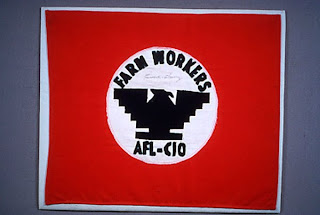Saratoga Library - Arch 054
Saratoga Library is situated in a last-refuge for fruit orchards. In fact it is not even really an orchard anymore, it is really just the remains of one. This is a tie to its past. The mini-orchard shelters the library from the busy streets filled with rushed students already late to their first classes in the mornings. I, like most students know there is a library there, but do not really have the time to slow down or stop by to really look at it. The building does not really have a distinguished shape to characterize it. One really has to sit there and experience the building in order to point out the intricacies and concepts of the architectural vernacular the designer was trying to convey. Since we students do not have the time to slow down and appreciate it for what it is, in essence, we almost just see shapes of the same color thrown together randomly. To describe this initial view further, it almost seems like the design of the building was based on a bunch of wooden blocks that have been randomly thrown to the ground by children at play. However, when one does slow down to visit the site, we can appreciate the concept of a barn by its shapes as well as its materials.
Upon closer inspection of the roof shapes, we can see that it truly attempts to follow the design queues of a barn. Unlike most new home construction, a barn is appropriate in this setting of an orchard; it really attempts to honor the region in which it is placed. From what I can gather of the design of a barn, aside from the expansive roof surfaces, they really tend to start off with the utility/use of the building as it is needed. Thus, there is no master plan for a barn. Instead it is built in phases. For example, a farmer will start off with a stable for the animals. Then, when the need arises, the barn is expanded with a silo for storage of crops, then a lean-to for the storage of added farm equipment, etc. This phased construction really adds to the obvious expansions and varying roof shapes that do not necessarily follow the rake of the original roof due to practicality. In essence, the Saratoga Library itself needed to be expanded at some point, and attempted to do the same when it did. Aside from the appreciation that we can gather in its shapes, the Saratoga Library stays true to its style by building with materials generally seen in barns.
The materials of choice, in this case, mainly consist of wood. Wood, as we all know is and was a plentiful resource in California. Thus, making it a practical choice for the farmer. The frame work is made of heavy timber posts and beams; this is a common application for building farms. Where the building was originally constructed, we can see the beautiful exposed and painted wood. Where the building was expanded, we can see the further fire protection, that was code enforced, as the framing members are wrapped in gypsum wall board. This freshens up the building and gives it a bit of contemporary feel, which is not a bad thing since it is a public building; and although most like seeing old buildings in their original state, it gives it a sense of invitation to the younger generations. Above and beyond the fact that its structural members are featured in heavy timber construction, the siding is also wood (probably tongue and groove or shiplap). Also, the roof shingles are wood shake to complete the look of a barn that is meant to sit in that location.
As we can see, the shapes of the barn and the materials incorporated in the structure are what make the Saratoga Library a place we can appreciate. Having visited the library, the next time we zip by on Fruitvale Avenue, we will know that there is a building there that can be appreciated when we decide to sit in it and experience the flying structural members readily seen once entering the main lobby. And as Professor Smith points out, those flying wood supports are a metaphorical hand that safely holds the shelter above us. At practically any time of the day, we can follow our passions as we sit comfortably with natural light reading our favorite books with the rest of the community.


Comments